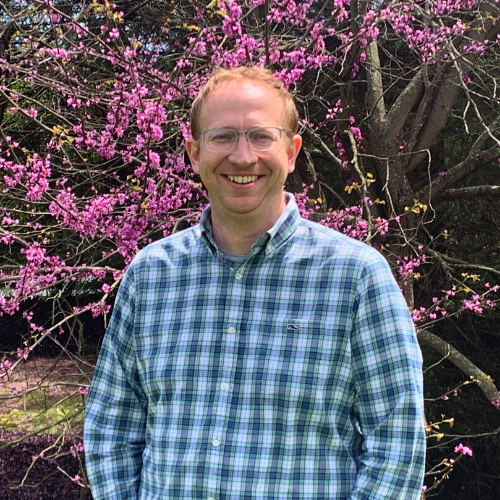It was an otherwise nondescript Wednesday in the Spring of 1992, when I was an awkward 7th grader at Gahanna Middle School East. Surprising characterization, I know … On that day, something happened that took my awkwardness and general insecurity to a new level: I got braces on my teeth. Later back at school, the soreness and pain began to steadily increase as the day continued. By that evening, it felt unbearable. My mouth ached immensely and so I was looking forward to an evening of milkshakes, television and laying around. That didn’t happen.
My parents arrived home and took us to church … for dinner. Come again? It was Wednesday at 6pm and the last thing I wanted was dinner. With Easter just a few days away our congregation was gathering for what is called a Seder meal. The Seder is the Jewish meal eaten during Passover. Perfect. Instead of ice cream and reruns by myself, I was now surrounded by old people reading confusing instructions on how to eat really bad food. With each bite the pain reverberated throughout my jaw like a ringing gong. Why do this? We’re not Jewish and this is not fun. Why did I have to go through this terrible torture? There was no good reason for it and if my parents (or my church) had any good sense, we would have stayed at home. Those were my thoughts at the time.
In Scripture, God commands the Israelites to observe the Passover (of which the Seder meal is a crucial part):
And the LORD spoke to Moses in the wilderness of Sinai, in the first month of the second year after they had come out of the land of Egypt, saying, “Let the people of Israel keep the Passover at its appointed time. On the fourteenth day of this month, at twilight, you shall keep it at its appointed time; according to all its statutes and all its rules you shall keep it.”
Numbers 9:1-3. The Passover was God’s rescue of his people from slavery in Egypt. In Exodus 12, they were told to kill a spotless lamb and smear its blood on the wooden doorposts of their houses. They were to roast the lamb and eat it with unleavened bread and bitter herbs. When the Lord came to execute judgment for sin by killing the firstborn throughout Egypt, he promised to pass over each house that had taken shelter under the blood of the lamb. As centuries went by, the people of God continued to commemorate the Passover with Seder meals. The bitter herbs came to represent the bitterness of slavery and the lamb the atoning sacrifice for sin that died in the Israelites place. For God had provided rescue from slavery in a most unexpected way—something the Israelites could never achieve on their own.
This Friday, we commemorate the event that has now fulfilled the celebration of Passover and the Seder. On that day of that week, over 2,000 years ago now, God the Son was put to death. His followers abandoned him as the pain and anguish made no good sense to them. Why would God allow this? And yet it was in that most unexpected way that the judgment of God passed over his people. Jesus Christ gave his life as the true sinless, spotless Lamb who paid the price for the sinful.
As his blood smeared over the wooden cross, your soul and mine were rescued from enslaving sin, something we could never do on our own. We receive this gift of new life by faith, trusting in God’s promises.
As his blood smeared over the wooden cross, your soul and mine were rescued from enslaving sin, something we could never do on our own. We receive this gift of new life by faith, trusting in God’s promises. “For even the Son of Man came not to be served but to serve, and to give his life as a ransom for many.” (Mark 10:45). We call this event “Good Friday” because on that day God worked ultimate good in the most unexpected event. We will take communion together during this worship service as we think on the great cost of our sin and the loving sacrifice of our Savior.
Now back to my Seder meal in 1992. Yes, I was at church on a weekday and neither the meal itself nor the purpose of it made any sense to me at the time. But with the benefit of hindsight, I now see things very differently. The discomfort and inconvenience of my new braces were actually amazing gifts from God. Together with the strange food, it was but an infinitesimal picture of the deep pain of our Lord.
Through worship and communion, may you see an infinitesimal picture of the healing purpose of the sacrifice of Jesus Christ. And then, on Sunday, come to Easter worship as we joyfully celebrate the mighty and glorious resurrection of the “Risen King!” In the words of hymn writer Fanny Crosby:
To God be the glory great things He has done
So loved He the world that He gave us His son
Who yielded His life an atonement for sin
And opened the life gate that all may go in
— Pastor Ken

